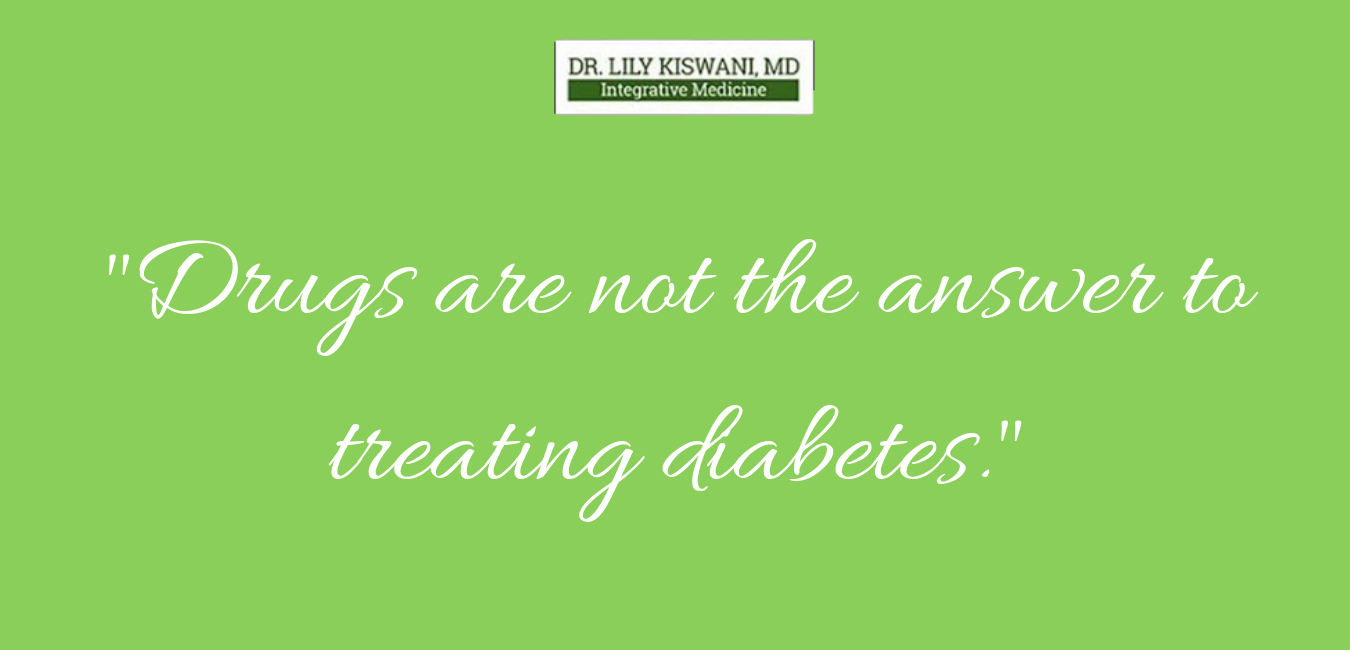The nutritional myth that saturated fat is bad, continues to fall apart as a steady stream of new books and studies on this topic hit the media. The latest work to challenge the old dogma is a book called The Big Fat Surprise by journalist Nina Teicholz.
She points out the flaws in the original Ancel Keys study; how saturated fat has been a healthy human staple for thousands of years, and how the low-fat craze has resulted in excessive consumption of refined carbohydrates, which has resulted in increased inflammation and disease.
In 2012, researchers at the Norwegian University of Science and Technology concluded that women with “high cholesterol” (greater than 270 mg/dl) had a 28 percent lower mortality risk than women with “low cholesterol” (less than 183 mg/dl).
Researchers also found that, if you’re a woman, your risk for heart disease, cardiac arrest, and stroke are higher with lower cholesterol levels.
In 2013, a prominent London cardiologist by the name of Aseem Malhotra argued in the British Medical Journal that you should ignore advice to reduce your saturated fat intake, because it’s actually increasing your risk for obesity and heart disease.
Fat Has Been Blamed for Sugar’s Evil Deeds
A high-sugar diet raises your risk for heart disease by promoting metabolic syndrome—a cluster of health conditions that includes high blood pressure, insulin and leptin resistance, high triglycerides, liver dysfunction, and visceral fat accumulation.
Cholesterol Is Not Only Beneficial for Your Body—It’s Absolutely Mandatory
Cholesterol plays important roles such as building your cell membranes, interacting with proteins inside your cells, and helping regulate protein pathways required for cell signaling. Having too little cholesterol may harm your brain health, hormone levels, heart disease risk, and more. Therefore, placing an upper limit on dietary cholesterol, especially such a LOW upper limit as is now recommended, is likely causing far more harm than good.
The Truth About Saturated Fats

Just as your body has requirements for cholesterol, it also needs saturated fats for proper function. One way to understand this is to consider what foods humans consumed during their evolution. Many experts believe that since the Paleolithic Era, we evolved as hunter-gatherers. Paleolithic nutrition states that we have eaten animal products for most of our existence on Earth. To suggest that saturated fats are suddenly harmful to us makes no sense, especially from an evolutionary perspective.
The latest science suggests healthy fats (saturated and unsaturated fats from whole food, animal, and plant sources) should comprise anywhere from 50 to 85 percent of your overall energy intake. Saturated fats provide a number of important health benefits, including the following:
- Providing building blocks for cell membranes, hormones, and hormone-like substances
- Mineral absorption, such as calcium
- Carriers for important fat-soluble vitamins A, D, E, and K.
- Conversion of carotene into vitamin A.
- Acts as antiviral agent.
- Optimal fuel for the brain.
- Provides satiety.
- Modulates genetic regulation and helps prevent cancer.

What REALLY Constitutes a Heart-Healthy Diet?
A “heart-healthy diet,” is one which minimizes inflammation, reduces insulin resistance, and helps reduce risk for cardiovascular disease.
1. Limit or eliminate all processed foods
2. Eliminate all gluten and highly allergenic foods from your diet
3. Eat organic foods whenever possible to avoid exposure to harmful agricultural chemicals.
4. Avoid genetically modified ingredients (GMO), which are linked to abundant health problems, including chronic inflammation and heart disease
5. Eat at least one-third of your food uncooked (raw), or as much as you can manage; avoid cooking foods at high temperatures
6. Increase the amount of fresh vegetables in your diet, locally grown and organic if possible
7. Eat naturally fermented foods, which help optimize your gut bacteria and prevent inflammation- as well as providing valuable vitamin K2, B vitamins, and other nutrients
8. Avoid all artificial sweeteners.
9. Limit fructose to less than 25 grams per day from all sources, including whole fruits. If you have insulin resistance, diabetes, hypertension, or heart disease, you’d be well advised to keep your fructose consumption below 15 grams per day until your insulin resistance has normalized
10. Swap all trans fats (vegetable oils, margarine etc.) for healthy fats like avocado, raw butter, cheese, and coconut oil; avoid consuming oxidized cholesterol (cholesterol that has gone rancid, such as that from overcooked scrambled eggs)
11. To rebalance your omega-3 to omega-6 ratio, take a high-quality animal-based omega-3 supplement, and avoid consumption of processed omega-6 fats from vegetable oils.
12. Drink plenty of pure water every day.
Heart-Healthy Moves

In addition to following the heart-healthy plan above, there are several more strategies that can help in reducing chronic inflammation and lowering cardiovascular risk:
Exercise regularly. One of the primary benefits of exercise is that it helps normalize and maintain healthy insulin and leptin levels. Exercise also boosts HDL, increases growth hormone production, helps curb appetite, and improves mood and sleep.
Intermittent fasting. Fasting is an excellent way to “reboot” metabolism so that the body can relearn how to burn fat as its primary fuel, which helps shed those excess fat stores.
AVOID statin drugs. Statin drugs can reduce cholesterol to dangerously low levels, while doing nothing to modulate LDL particle size. Statin drugs may even accelerate heart disease.
AVOID chemicals. BPA, for example, has been linked to heart disease: adults with the highest levels of BPA in their urine are more than twice as likely to develop coronary artery disease as those with the lowest levels.
Be Healthy!
